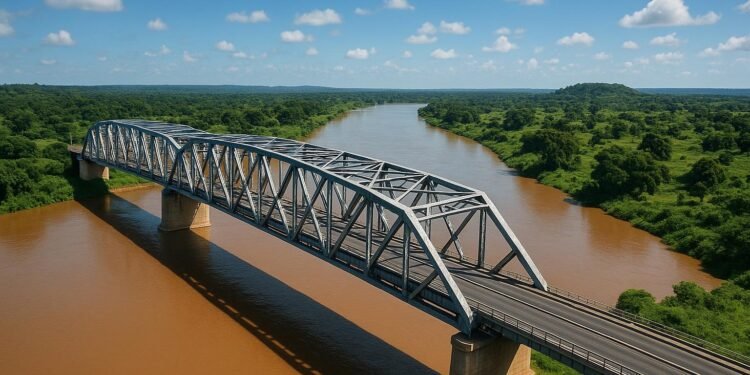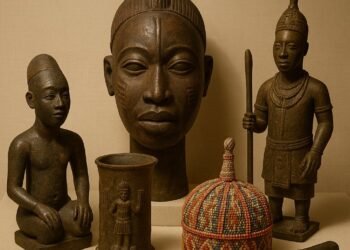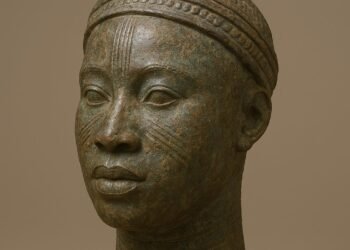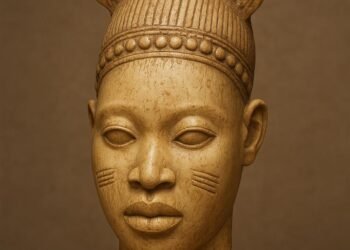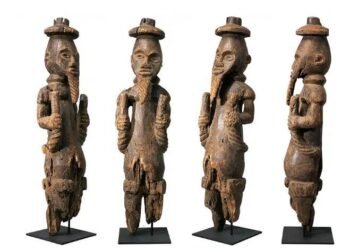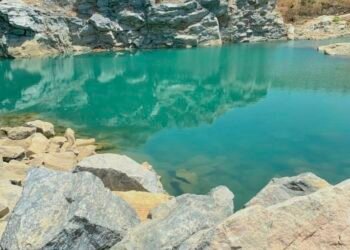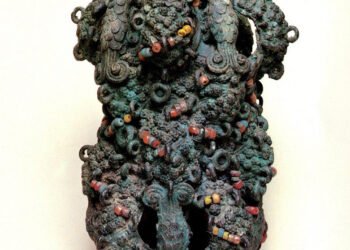The Niger River: History, Culture, and Natural Wonders
The Niger River has witnessed millennia of history as it flows through West Africa. It is over 4,180 kilometers long, the third longest river in Africa, only after the Nile and Congo.
Wider than a river, it supports over 100 million people in ten countries. Its boomerang course confounded European traders for millennia. The river itself has been worked by empires, ecosystems, and societies for millennia. From its source in the Guinea Highlands to its end in the Niger Delta, the river’s history is one of people surviving and coping.
Table of Contents
The Pillar of Ancient Empires
The Niger River has been essential to West Africa for thousands of years. The Ghana, Mali, and Songhai empires became powerful by trading and farming along the river.
These empires traded goods such as gold, salt, and books along the river, creating famous cities, including Timbuktu. Europeans showed up on the map much later.
Read Also: The Legacy of Timbuktu: Africa’s Ancient Knowledge Center
But the locals were already hip to the river as key to their lifestyle. The Tuareg even called it the river of rivers, which proves it was always important to the area.
The Curious Journey
The path of the Niger River is exciting in that it does the opposite of what one would expect. It starts relatively close to the Atlantic Ocean, only 150 miles away in Guinea, but it runs northeast, away from the sea, in the direction of the Sahara Desert.
It then makes a sharp turn south close to Timbuktu in the direction of the Gulf of Guinea. Its strange route perplexed geographers centuries earlier.
It is believed that the Niger River originated as two separate rivers that later merged. When the Sahara was getting drier, the upper river captured the lower one, thus creating that bend in the flow.
The Living Delta
There’s this turn in the Niger River in Mali where this absolutely gnarly spot is referred to as the Inner Niger Delta. During the rainy season, this enormous wetland just grows like an evil joke, to approximately 30,000 square kilometers. It becomes this neat mixture of streams, lakes, and plains.
Read Also: Itaakpa Rock Shelter: Unveiling Nigeria’s Ancient Past
This seasonal occurrence annually is good for much of the flora and fauna residing there. Individuals can get food by fishing, farming, and even animal rearing. The water overflows annually and brings in super soil so that things grow well, and this renders this delta one of the most desirable places in West Africa for crops to be grown.
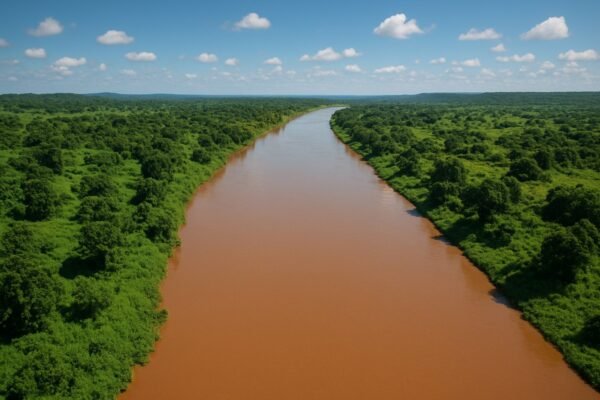
A Biodiversity of Life
The Niger River is so vibrant with all of these types of great animals living together. You’ll have almost 250 species of fish gliding around, a few that you can’t find anywhere else.
Some of the West African manatees spend their time resting underwater, while the Nile crocodiles and the hippos rest on their own small patches of land. On the floodplains are giant elephants and plenty of birds flying around everywhere.
As the river flows, the vegetation is quite varied. It begins with dense rainforests in Guinea, continues through desert grasslands near the Sahara, and ends with mangrove forests where it actually empties into the ocean. Because there are quite a few different environments, the Niger River is not just a river; it is almost more of an animal lifeline for humans who rely on it.
Economic Importance of the Niger River
The Niger River is of vast importance to the economic development of West Africa. The river irrigates crops, feeding millions of people, most notably in Mali’s rice farming.
Fishing is huge on the river, feeding people all around the world with protein. Big dams, like Nigeria’s Kainji Dam, produce a significant amount of electricity for cities and businesses that are growing rapidly.
The river remains a vital transportation facility, although it is challenging due to the fluctuating water levels that change with the seasons. In the Niger Delta, pumping oil from the ground has made people wealthy but contaminated the environment, so there is a mess down there.
Read Also: Discover the Mystical Nsude Pyramid Shrines Today
Cultural Significance of the River Niger
To its people who live along its banks, the Niger River is not just a river; it is a massive part of what they are and hold close. There are different names for it that various groups use as if they were their own personal terms.
The Manding call it Joliba, the great river. The Songhay call it Isa Ber, big river. The Yoruba people call her Oya. This river? It’s a big deal in their stories, their worship, and just daily life. They have this yearly party to thank God for the floods that keep them going. Plus, they’ve been swapping info about how the river runs for ages.
Such a deep affiliation is a testament to how the river has profoundly changed their lives and culture. It is part of their lifestyle as West Africans today.
Historical Mysteries
The Niger River maintained its geographical secrets deep into the 19th century. European maps initially colored the river as flowing west to east, sometimes connecting it to the Nile River.
Expeditions under the Scottish adventurer Mungo Park in the 1790s began to reveal such secrets, even though he made faulty assumptions about the final discharge.
Its entire course was not explored until 1830, when it was traversed successfully by Richard and John Lander from its interior out to the Atlantic.
Why European geographers persisted in erroneous theories despite having access to local knowledge remains puzzling, highlighting the cultural barriers that often complicated early exploration.
Environmental Issues
The Niger River is facing severe environmental stress these days. The river’s currents have been wreaked havoc by climatic changes, and some parts have actually run dry in the last droughts.
The water quality is also not very good, especially in the densely populated delta, because of farm runoff, industrial effluent, and oil spills. Further, alien aquatic weeds, such as water hyacinth, are strangling things, which is not good news for the environment or for boats.
When the trees along the riverbank are cut down, we receive even more erosion and silt buildup. All of these, along with more individuals desiring more water, show that we really need to start preserving the river now if we want it to be healthy in the years to come.
Safeguarding the River’s Future
To keep the Niger River healthy, we need everyone to work together. The Niger Basin Authority facilitates the sharing and management of the river’s resources among countries. World partners support projects that maintain the health of both nature and people.
Locals share what they know, working with the river’s flow. The Inner Niger Delta is of great importance worldwide. When we work together, we keep nature safe and make sure people are doing great, which means the river stays healthy for a long, long time.
Navigating Future Challenges
The Niger River’s future is complex due to the interplay of human life and natural processes. Dams disrupt the natural water cycle, which is essential for both nature and agriculture. Climate change exacerbates the situation, with potential droughts and flooding becoming increasingly likely. Countries that share a river need to strike a balance between economic development and environmental conservation.
Even with all the hard stuff, the Niger River is still super important in West Africa. It really shows how challenging nature is and how people have figured out how to live with it for years.
This river is not just water running; it’s a system of life that links yesterday to today, humans to nature, and troubles to opportunities. The well-being of the river is the same as the health of nature and all the people dwelling around here. Just like the Niger runs from the hills to the sea, it carries with it the dreams of all the people who rely on it.
